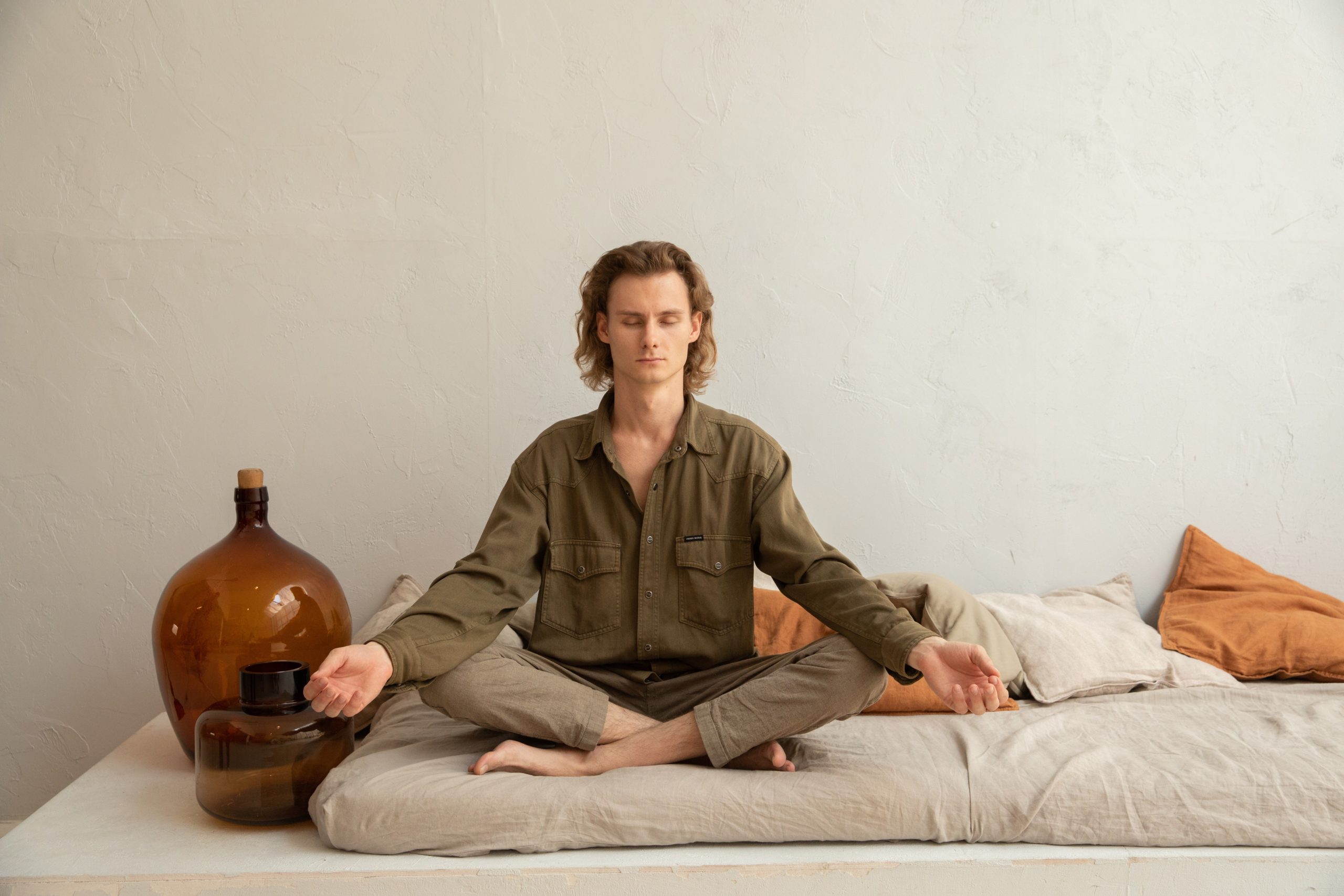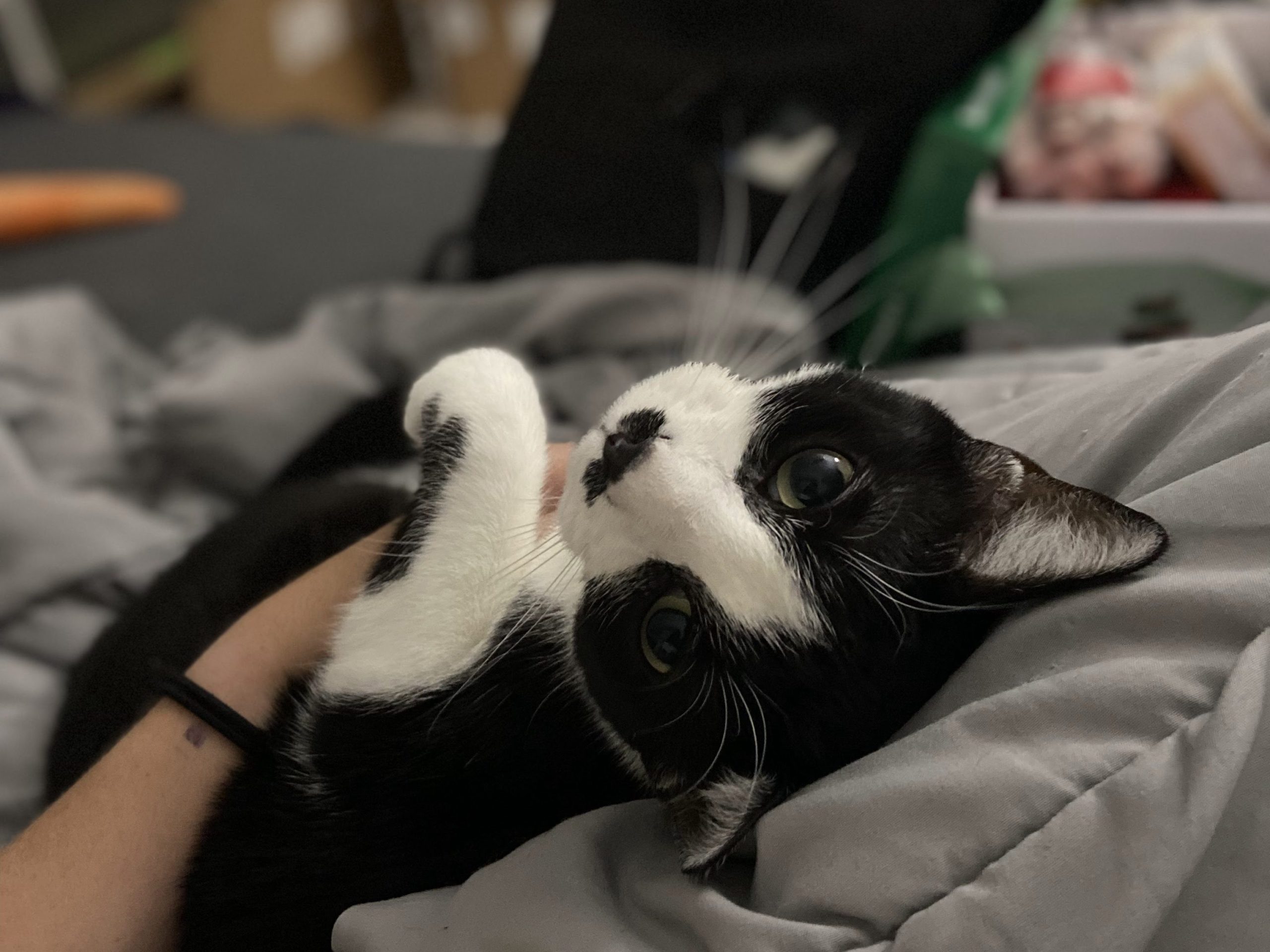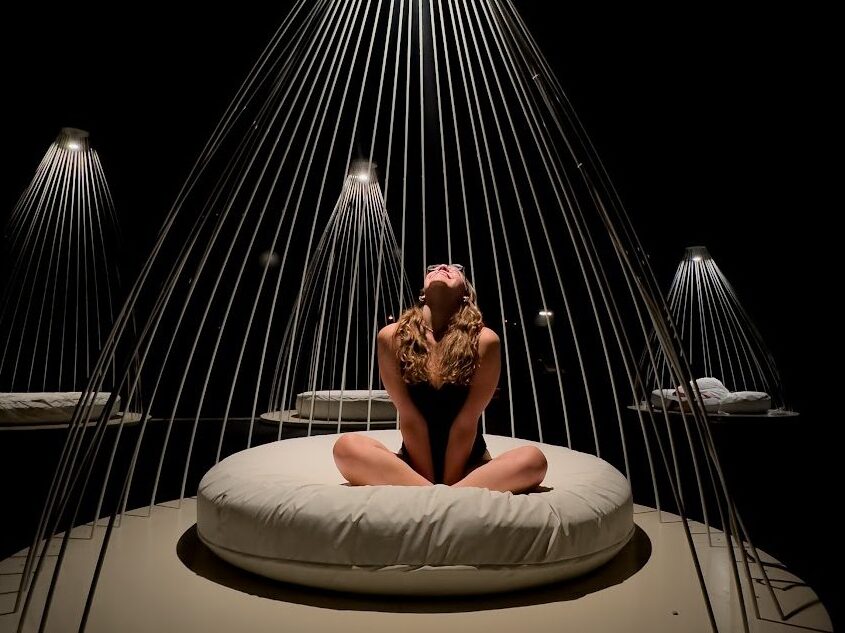Experiencing feelings of panic and anxiety is a natural response to stressful and overwhelming situations. Many people experience intense feelings and even physical reactions when there is no real danger or obvious source of discomfort. If these feelings happen regularly or lower your overall quality of life you may want to seek a professional’s opinion. There are many ways to alleviate the symptoms of an anxiety disorder – including medication, therapy, and exercise. Yoga for anxiety and panic attacks is both popular and effective.
You can combat your anxiety by yourself and experiment with the methods that work best for you. Yoga is a fantastic coping mechanism for anxiety and panic attacks because it combines multiple relaxation techniques. There are even specialized yoga therapy classes available in some areas, which focus on teaching you how to regulate and manage your stress.
Click here for 50 quotes that will help end your anxiety spiral. I find that filling my day with positive quotes and motivational sayings that are filled with empathy helps me to combat negative self-talk and anxiety. If you’re the same, use the link above to find your new favorite mantra.
Recognizing Symptoms of Anxiety Disorders


Panic attacks are just one aspect of the several types of anxiety disorders. The most common and well-known disorders in this family are Generalized Anxiety Disorder, Panic Disorder, PTSD, and OCD. Social Anxiety Disorder is also included in this list. While each disorder is unique, they can often overlap and share similar symptoms.
Anxiety can make you feel panicked, afraid, or uneasy. You may struggle with sleep or feel unable to stay still. Your heart may beat faster than normal, and your breathing might increase as well. Anxiety can build on itself as well. If a certain environment causes you to feel uncomfortable or nervous, your first instinct may be to leave the situation. However, if you need to regularly reenter the situation/place that triggers your anxiety – leaving every time there is discomfort will build habits of avoidance, not healing. It can be easy to avoid anxious situations rather than building up practices that will help you confront and reduce the stress you feel. Using yoga for anxiety and panic attacks can be highly effective for reducing overall stress and helping you develop healthy coping habits.
What is Yoga?


In short, yoga is an activity that combines breathing exercises, meditation, and physical movements. It is not only a great physical workout but also highly beneficial for your mental health. Although yoga originated thousands of years ago, it has been modernized and now is presented in a variety of forms all over the world.
Yoga is a practice for your body and your mind. It began as a spiritual practice, but there are many Westernized forms of the practice that purely focus on physical and mental well-being. While it can be portrayed as challenging and exclusive, yoga is beneficial for everyone regardless of age, gender or physical ability. You can adapt yoga to fit your individual goals, as well.
How is Yoga Scientifically Proven to Help with Anxiety Disorders?

Many studies show that yoga can be a healthy replacement for previous unhealthy coping mechanisms. There may be some cases where yoga can be applied as primary treatment for an anxiety disorder, but it is generally a supplementary tool recommended by doctors and mental health professionals. One study from the International Journal of Preventative Medicine proved yoga to be useful in the treatment of anxiety disorders for a test group of women. After 12 sessions of hatha yoga, they recorded a significant decrease in stress, anxiety, and depression. It was even concluded that using yoga could reduce the need for medication.
In addition, a paper from the National Library of Medicine argued for yoga’s potential as an alternative to therapy. Focusing on the physical benefits of yoga, a number of studies were compiled to organize data on yoga for anxiety and panic attacks. It was also pointed out that many physical results from practicing yoga will have an effect on one’s mental state as well. Just as stress negatively impacts the nervous system, the relaxation that comes with yoga leads to reduce heart rates, less muscle pain, and a stronger immune system.
5 Yoga Poses for Anxiety and Panic Attacks That You Can Use at Home
Easy Pose:
While seated, cross your legs and bring your feet under the opposite knee. Keep your back straight. Place your hands either in your lap or on your knees.

Camel Pose:
Rise up from sitting on your knees and keep your knees as wide as your hips. Tuck your chin forward as you bring your shoulders back toward your heels. Press the palms of your hands against your heels and gently deepen the stretch as you feel comfortable.

Child’s Pose:
Start on your hands and knees, with hands under your shoulders and knees under your hips. Keeping your hands in front, sit back down on your calves. Keep your shoulders low and face down towards the mat.

Bridge Pose:
Lie down with your knees bent and aligned with your hips. Press your hands down on either side of your body. Push your hips and your hands down against the floor.

Cat-Cow Pose:
Alternate between the cat and cow poses. Keep your hands under your shoulders and knees under your hips. For cat pose, arch your spine away from the ground and tuck in your pelvis. For cow pose, curve your lower back and bring your head up toward the sky. Repeat these several times.

images by Monstera, KoolShooters, Karolina Grabowska, and Elina Fairytale on Pexels



